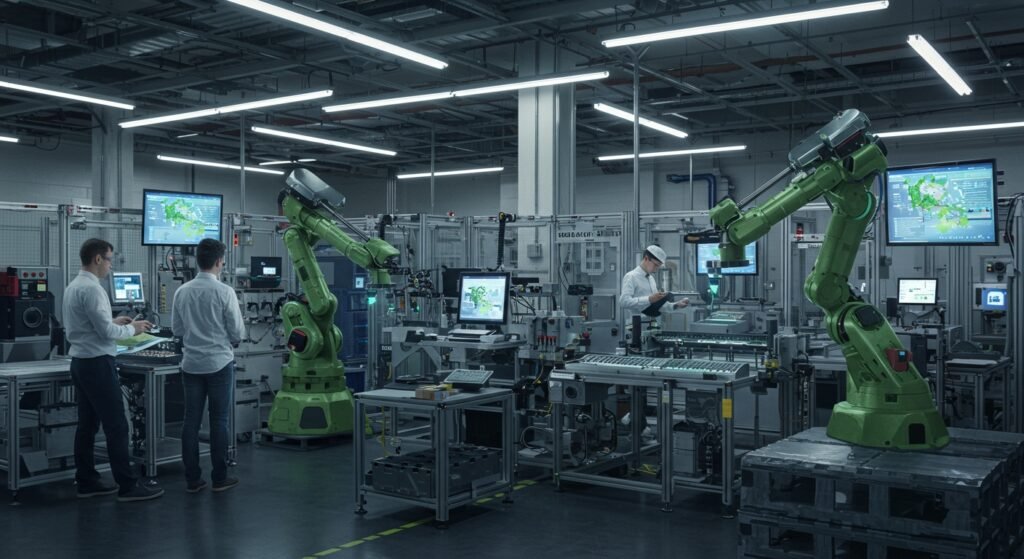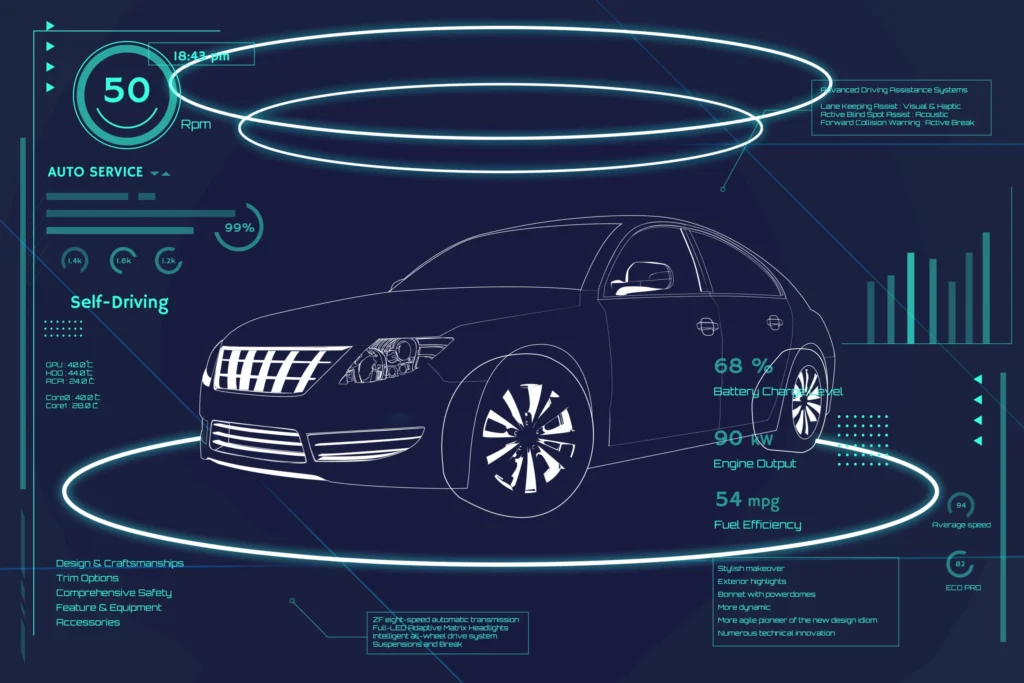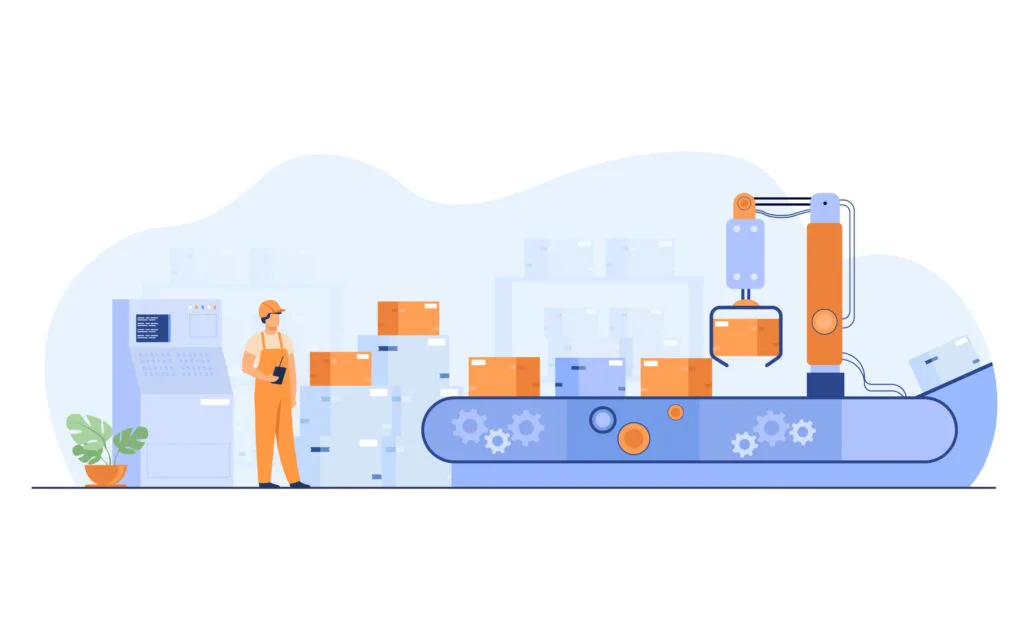The industrial landscape is perpetually evolving, pushing the boundaries of what’s possible in manufacturing and production. After the digital revolution of Industry 4.0, we are now witnessing The Rise of Industry 5.0 – a paradigm shift that places human well-being and sustainability at the core of technological advancement. This new era transcends mere automation, fostering a collaborative ecosystem where humans and smart machines work synergistically to create personalized, resilient, and environmentally responsible production systems. It’s about leveraging technology not just for efficiency, but for societal good and a more sustainable future.
Table of Contents
- Understanding The Rise of Industry 5.0
- Key Pillars of Industry 5.0
- Technologies Driving the Transformation
- Challenges and Opportunities
Understanding The Rise of Industry 5.0
While Industry 4.0 revolutionized manufacturing through automation, data exchange, and smart factories, The Rise of Industry 5.0 takes this further by re-emphasizing the human element. It’s a vision where industry contributes to societal goals beyond jobs and growth to become a provider of prosperity by making production respectful of the planet’s boundaries and by placing the well-being of the worker at the center of the production process. This shift acknowledges that humans, with their creativity, problem-solving skills, and critical thinking, remain indispensable in a hyper-connected industrial environment. It’s not about machines replacing humans, but about machines augmenting human capabilities.
From Automation to Collaboration
The transition from Industry 4.0 to Industry 5.0 marks a significant philosophical change. Industry 4.0 focused on interconnectivity, real-time data, and cyber-physical systems, leading to highly automated processes. Industry 5.0, conversely, advocates for human-centricity, where robotic co-workers (cobots) collaborate with humans in a safe and intuitive manner. This collaboration enhances efficiency and quality while preserving human creativity and adaptability. The goal is to build a more resilient and sustainable industry, capable of meeting the demands of a complex world.
Key Pillars of Industry 5.0
The framework of Industry 5.0 rests on three fundamental pillars that guide its implementation and impact.
Human-Centricity
At its heart, Industry 5.0 is about putting humans first. This means designing workplaces where technology supports and empowers workers, rather than replacing them. It focuses on improving job satisfaction, well-being, and safety. Workers are seen as innovators and problem-solvers, leveraging advanced tools like augmented reality and AI to enhance their skills and decision-making. Personalized production also extends to the consumer, enabling highly customized products and services that meet individual needs and preferences.
Sustainability
Environmental responsibility is a core tenet of Industry 5.0. This pillar drives the adoption of circular economy principles, aiming to minimize waste, reduce energy consumption, and optimize resource usage throughout the product lifecycle. Companies are encouraged to design products for durability, reuse, and recycling, and to use renewable energy sources. This commitment to sustainability not only addresses environmental concerns but also builds long-term economic resilience and brand reputation.
Resilience
The global challenges of recent years have highlighted the critical need for resilient supply chains and production systems. Industry 5.0 emphasizes building robust and adaptable manufacturing processes that can withstand disruptions, whether from natural disasters, pandemics, or geopolitical shifts. This involves leveraging technologies like digital twins, real-time data analytics, and decentralized production models to ensure continuity and flexibility in the face of unforeseen circumstances.
Technologies Driving the Transformation
While Industry 5.0 is more about philosophy than new technologies, it heavily relies on advancements from Industry 4.0, evolving them for human-centric and sustainable applications. Key technologies include collaborative robots (cobots), artificial intelligence (AI) for enhanced decision-making and predictive maintenance, and the Internet of Things (IoT) for real-time data collection. For more insights into how AI transforms industries, explore our recent post on AI’s Role in Modern Manufacturing.
| Feature | Industry 4.0 | Industry 5.0 |
|---|---|---|
| Primary Focus | Automation, Efficiency | Human-Centricity, Sustainability, Resilience |
| Human Role | Supervision, Maintenance | Collaboration, Creativity, Innovation |
| Key Technology Example | Automated Assembly Lines | Cobots, Augmented Reality for Workers |
| Environmental Impact | Efficiency-driven energy saving | Explicit sustainability goals, Circular Economy |
| Output Goal | Mass Production, Cost Reduction | Personalized Products, Societal Value |
Challenges and Opportunities
Implementing Industry 5.0 is not without its hurdles. These include significant investment in new technologies, upskilling the workforce, and adapting existing infrastructure. Cybersecurity remains a paramount concern, as do ethical considerations around human-robot interaction and data privacy. However, the opportunities far outweigh the challenges. Industry 5.0 promises enhanced productivity, improved worker satisfaction, reduced environmental impact, and greater societal value. For a deeper dive into current industrial trends and challenges, you might find this report from the European Commission insightful: Industry 5.0 and the Future of Industry.
Ultimately, The Rise of Industry 5.0 is about creating a future where technology serves humanity and the planet, rather than the other way around. It’s a call to action for industries to think beyond profit margins and embrace a holistic approach that balances technological progress with social and environmental responsibilities. By embracing collaboration, sustainability, and resilience, businesses can not only thrive but also contribute positively to global well-being.


